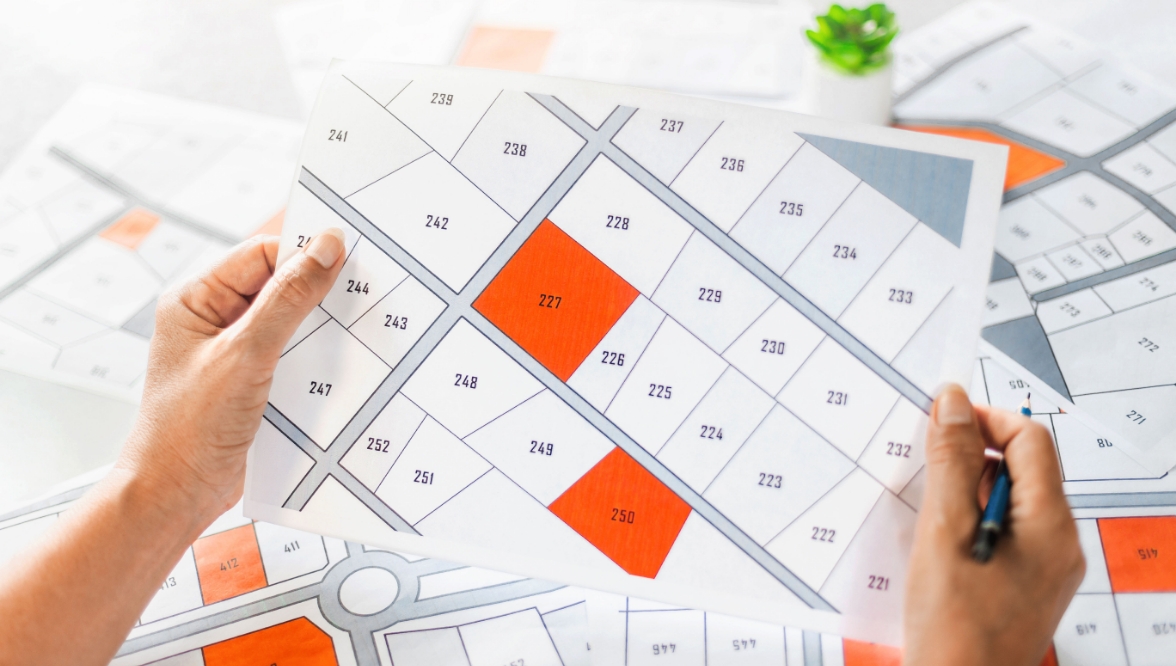Business Content
How to Secure a Lot Loan for Your Dream Property

Are you thinking about buying land for your dream home or as an investment? Whether you’re planning to build your perfect house, start a small farm, or invest in property, a lot loan can help make it happen. But there are a few things you should know before diving in, as lot loans work a bit differently than typical home loans. Unlike standard home loans, lot loans may have stricter criteria and unique terms, making it important to understand how they work before applying. Let’s break it down so you can approach the process with confidence.
Choosing the Right Lot
When it comes to lot selection, it’s more than just finding any available land. You’ll need to consider your personal goals and how the property aligns with them. For instance, if you’re planning to build a home, consider whether the lot has space for your layout, a garden, or even a future workshop. Is it near schools, grocery stores, or other places you frequently visit?
Lenders also have criteria for lot approval. They look at factors like location, zoning rules, and potential for building or resale. Choosing a lot that checks these boxes increases your chances of approval and can help you get more favorable loan terms.
Loan Terms and Interest Rates
Lot loan terms are typically shorter than those for traditional home loans, with repayment periods ranging from 1 to 5 years. This is because lenders view land purchases as riskier, especially if the land is undeveloped. You might also encounter adjustable interest rates, which can shift over time based on market trends.
When exploring loan options, compare different lenders to see what they offer. Look at interest rates, whether they’re fixed or adjustable, and any fees or prepayment penalties. To illustrate, fixed rates remain the same throughout the loan term, providing predictable payments, while adjustable rates can fluctuate based on market conditions, potentially leading to lower initial rates but more variability over time. Understanding these details will help you find the best fit for your budget and long-term plans.
Eligibility Requirements
Lot loans can be more challenging to qualify for than standard home loans. Lenders often require a good credit score (usually 680 or higher) and a significant down payment, often ranging from 20% to 50% of the purchase price. Improving your credit score and saving for a larger down payment can increase your chances of approval and potentially lower your interest rate.
If you have a clear plan for the lot, such as building a home or starting a small farm, sharing this with your lender can help strengthen your application. The more prepared you are – like having construction blueprints or development estimates – the more confident lenders will feel about approving your loan.
Evaluating the Lot
Lenders want to make sure the lot is worth the investment, so they’ll look closely at factors like location, access to utilities, and whether the land is ready for development. As the buyer, it’s wise to do your homework too. Consider visiting the lot at different times to observe traffic patterns, noise levels, and other factors that could affect your decision.
Think about things like whether the soil is suitable for building, if the area is prone to flooding, or if there’s a good chance of resale later on. Taking the time to evaluate the lot thoroughly ensures that it meets your needs and that you’re setting yourself up for a successful loan process.
Environmental and Zoning Considerations
An environmental assessment can help identify potential issues that could complicate your plans, such as soil contamination or hidden hazards. You’ll want to know about these upfront, because addressing them later can be costly and time-consuming.
Zoning regulations are equally important. Zoning laws dictate how the land can be used – residential, commercial, agricultural, or mixed. Be sure your plans match the lot’s zoning rules. Trying to change zoning can be tricky and isn’t always guaranteed to go your way.
If the lot’s zoning doesn’t align with your plans, consult with local authorities to understand the process of applying for a zoning change or variance. Keep in mind that these processes can be time-consuming and may not always be approved.
Additional Costs
When planning to buy a lot, be prepared for some extra costs. Besides the land price and interest, you’ll likely encounter appraisal fees, title insurance, surveys, closing costs, and possibly legal fees if the purchase involves complex paperwork.
It’s also wise to budget for site preparation like clearing, grading, or setting up utilities. Having a cushion for these potential expenses can make the process smoother and reduce surprises.
Planning Your Exit Strategy
Lenders like to see a clear exit strategy when they’re evaluating your lot loan application. Your exit strategy is simply your plan for repaying the loan, whether by selling the land after development, refinancing once your home is built, or securing additional financing for more improvements.
Having a well-thought-out exit strategy not only reassures lenders but also helps you feel more prepared. It’s all about setting yourself up for success, whether the market changes or other challenges arise.
Questions about loan options? Reach out to our team – we’re here to help!